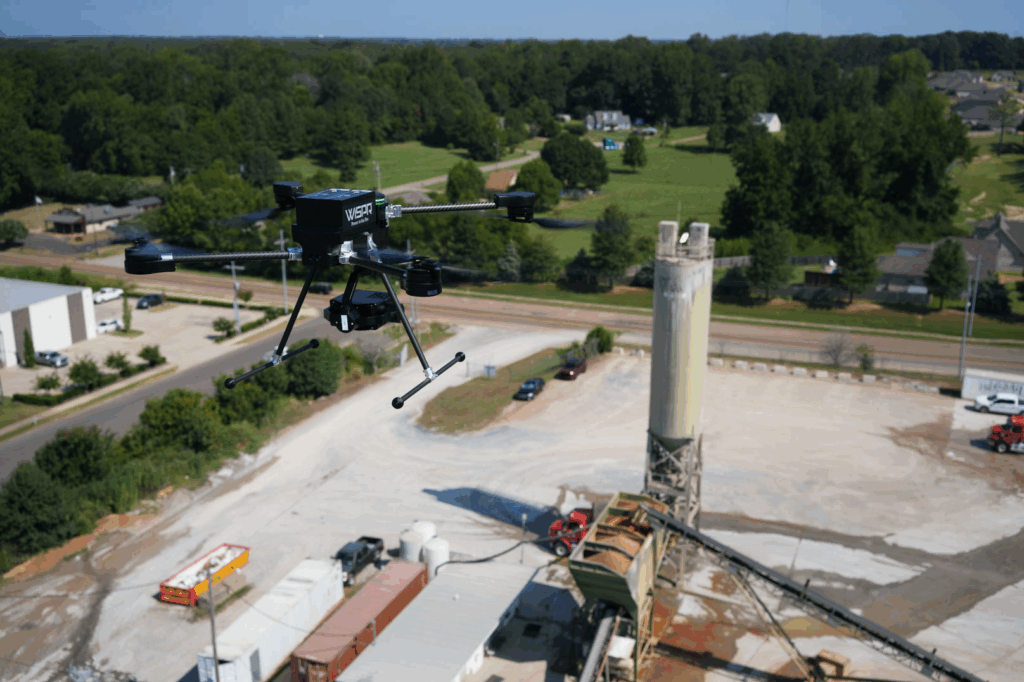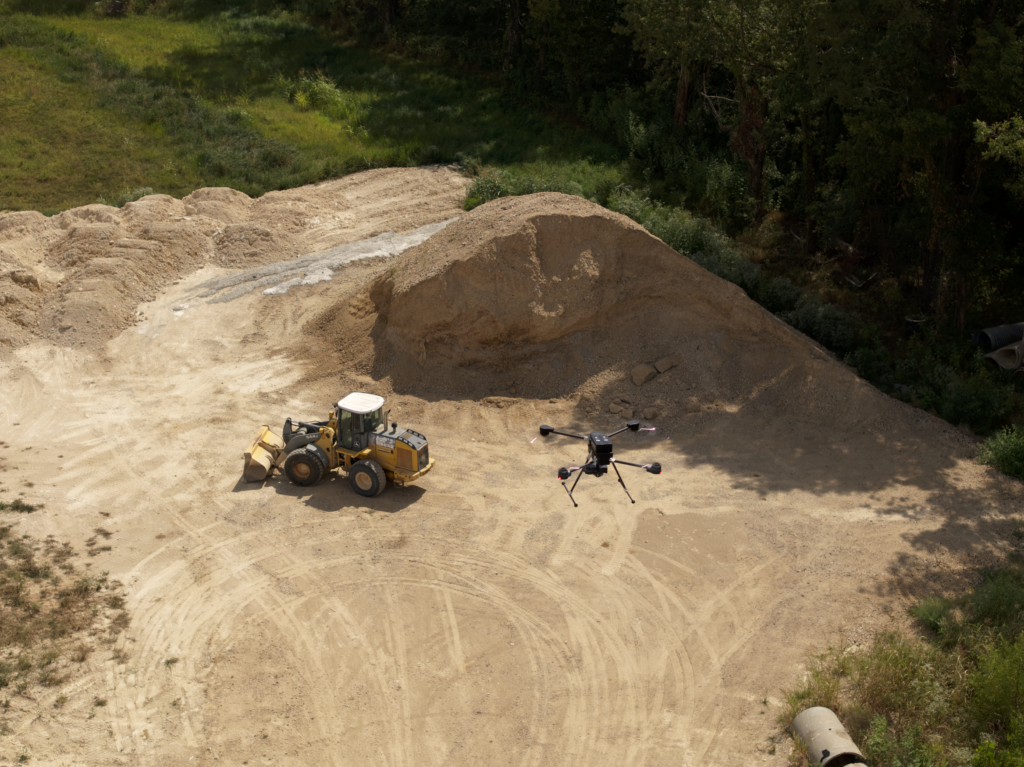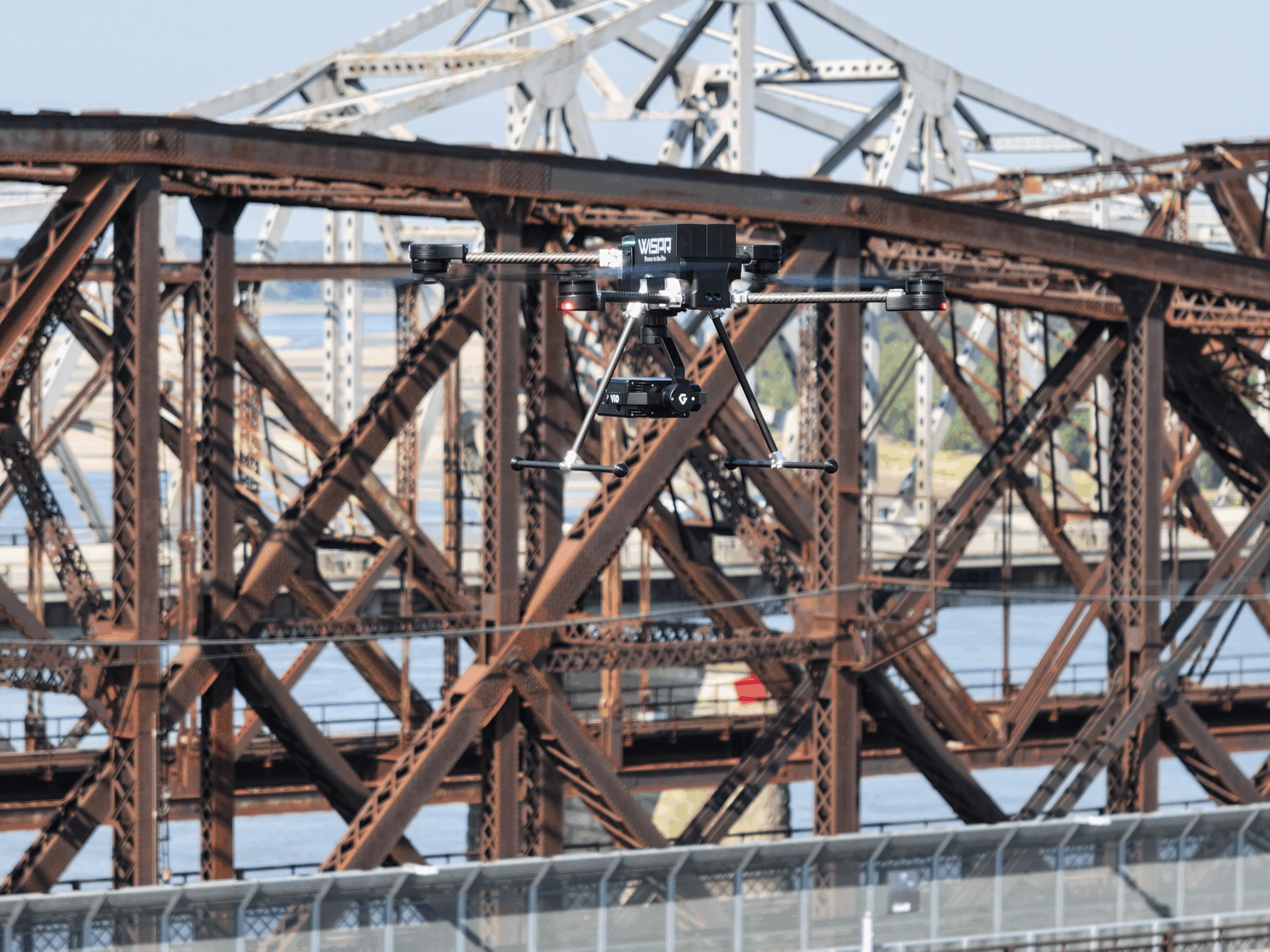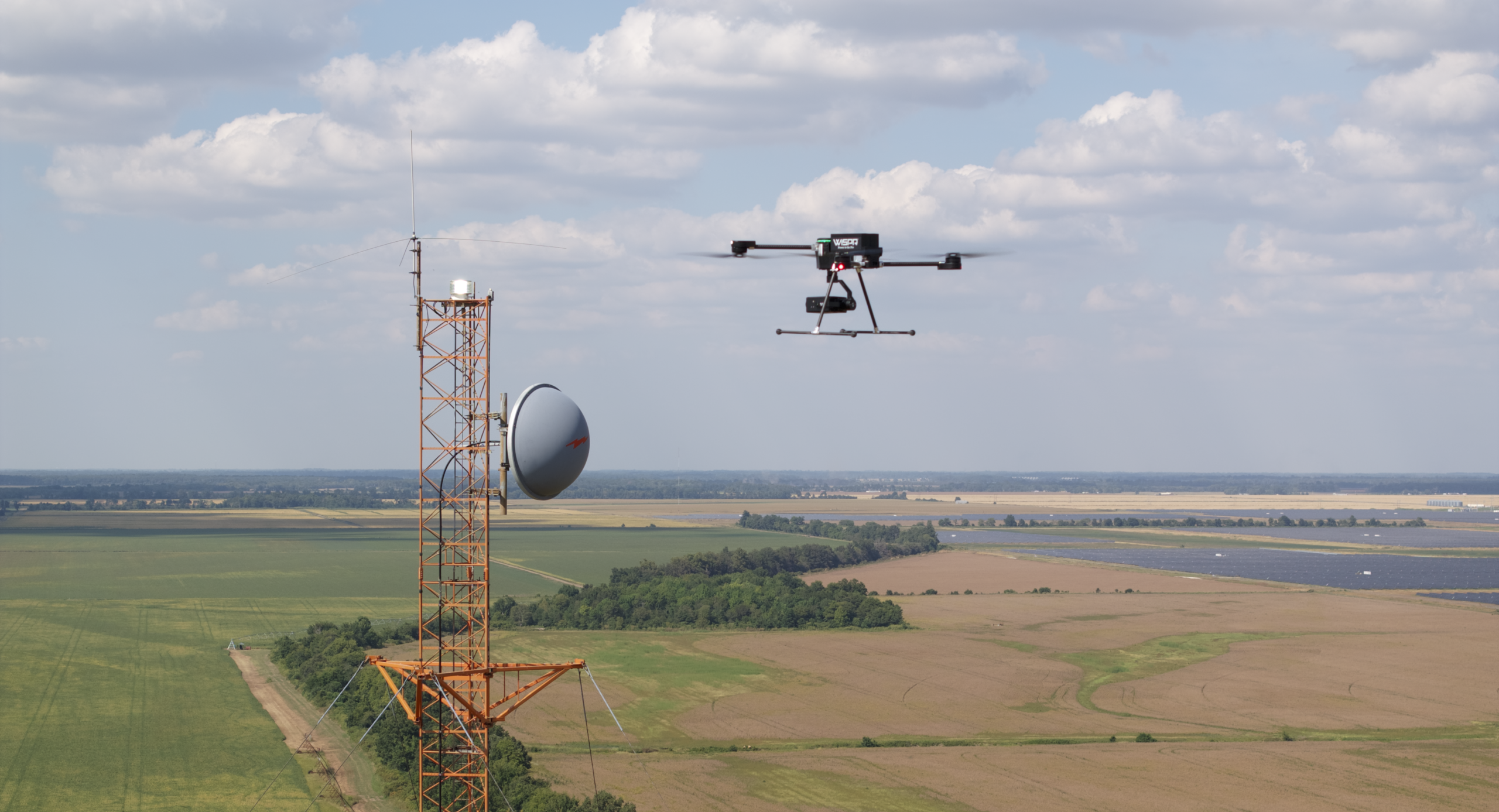By: Dawn Zoldi
From the fields of Mississippi to mission-critical operations across the country, WISPR Systems has carved out a place as one of America’s most respected drone technology companies. Known for building U.S.-made drones designed to endure tough conditions, WISPR’s unmanned systems support sectors ranging from surveying and mapping to utilities, telecommunications, agriculture and public safety. With its latest release of the SkyScout 2 and 2+ the company continues to deliver on its founding promise to make flight smarter, faster and focused squarely on the mission. The company’s tagline, Power to the Pro, encapsulates its ethos: simplifying complex flight operations so professionals can focus on decision‑making, not device management.

From the Lab to the Sky
WISPR traces its roots back to Mississippi State University, where co-founders Connor Ferguson and Austin Ratcliffe turned their spark of curiosity about drones into a global enterprise. According to John McArthur, Chief Revenue Officer, “We rolled out of a startup accelerator at Mississippi State. Connor had been running a wireless internet business with his father long before college, climbing towers in the Mississippi heat to survey link points. One day he realized there’s got to be an easier and safer way to do this.”
That realization led Ferguson, who was building computers by age six, to experiment with drones. With the support of the Bulldog Angel Network, Mississippi State’s version of a student Shark Tank, the founders launched WISPR Systems in 2017. The goal: use drones to perform Wireless Internet Service Provider (WISP) inspections. That initial business model inspired both the company’s name (WISPR) and original mission.
After early successes performing site surveys and point‑to‑point inspections, WISPR shifted focus to broader applications like mapping, photogrammetry and infrastructure inspection. Its first commercial platform, the Ranger Pro, laid the groundwork for the company’s design and software philosophy to collect precise data quickly, safely and reliably.
WISPR next released the SkyScout, a smaller, more versatile platform. “Everyone told us the same thing,” McArthur said. “Give me the smallest drone possible with interchangeable payloads.” So they designed the SkyScout platform with hot‑swappable payloads, plus out‑of‑the‑box RTK accuracy for centimeter‑level mapping, to address the nearly universal demand for smaller, modular high‑capacity drones. Its durable frames, quick‑attach payload gimbals and electrical interfaces were all co‑developed with Gremsy (Vietnam), a trusted manufacturing partner. McArthur said. “They were built specifically for our drones and chosen payloads. That plug‑and‑play power and data integration is what customers expect,” he explained. Other compatible payloads include those from Sony and YellowScan, top sensor companies in the photogrammetry and LiDAR markets.
The Next Generation: SkyScout 2 and 2+

Just recently, WISPR unveiled the SkyScout 2 and SkyScout 2+, the latest iterations of what has become its flagship platform. Designed around Qualcomm’s advanced chipsets, these drones deliver enhanced thermal management, secure data processing and compliance with federal supply‑chain standards. McArthur credits this redesign to higher performance demands. “We were already redesigning the drone for updated radios, so we figured, let’s upgrade everything—sensors, structure, payload mounts—to the best available,” he said.
Other upgraded capabilities include obstacle avoidance of up to 164 feet, live terrain following, and advanced climate control. The result is an agile, secure platform that meets both enterprise and federal procurement standards, without compromise on performance.
The SkyScout 2+ also debuts SkyBoss, WISPR’s smart, NDAA‑compliant controller built for public safety missions and bright‑light visibility. Featuring a seven‑inch, 2000‑nit screen and new ergonomic controls, the handheld SkyBoss extends real‑time precision and improves situational awareness in challenging environments.
But the SkyScout 2 series is more than just about the hardware. Everything WISPR builds centers on software optimization. McArthur explained, “We’re a software company that builds drones for specific applications. Our hardware exists because the software demanded a vessel to execute the mission.” The company’s firmware updates roll out almost bimonthly, driven by field operator feedback. “Our best updates come directly from customers,” McArthur shared. “We have an easy feature‑request process, and we review new ideas every week. Most of what you see in the SkyScout 2 started as an operator request,” he said. This iterative model ensures the technology evolves in step with mission needs. (Watch the AGN Worldwide Premier of the SkyScout 2 Series here).
A Portfolio That Powers Every Mission
The new SkyScout 2 models serve multiple vertical markets that depend on reliability and compliance. In surveying and mapping, the SkyScout 2 series integrates top‑tier imaging solutions like the Sony LR1 61‑megapixel and custom 24‑megapixel sensor systems for photogrammetry, alongside LiDAR payloads from partners including YellowScan, GeoCue and Inertial Labs. These precision data tools make it a favorite among engineers, surveyors and GIS professionals who seek rapid terrain analysis.
WISPR’s platforms enable 3D modeling of towers and long‑line inspections of power infrastructure, tasks that once required costly manned operations, for utilities and telecommunications stakeholders. McArthur explained, “We can 3D model cell towers using custom software. That’s a big one for telecom and power providers for maintenance and inventory.”

The public safety sector, which faces both budget constraints and compliance mandates, has found a natural ally in SkyScout 2. “Public safety officials are caught in the crossfire,” said McArthur. “They need affordable, American‑made NDAA‑compliant options that can deploy instantly and perform critical tasks. We built SkyScout 2 for those missions.” According to McArthur, WISPR’s drones can assist in search‑and‑rescue operations, reconnaissance and payload delivery, such as dropping life vests or defibrillators in emergency situations.
The SkyScout 2’s versatility is a natural fit for agriculture. Multi‑spectral imaging integrations allow farmers to capture plant‑health data using Micasense and Agrowing Innovation sensors. “We’ve finished software integration for multispectral payloads,” McArthur noted. “We’re excited to help farmers optimize yields through aerial data that’s easy to collect and process.”
For any organization, in any market, that seeks to consolidate multiple legacy platforms, SkyScout 2 offers a training‑consistent and cost‑efficient solution. Operators can master one modular drone while expanding capability through new payloads rather than entirely new aircraft lines.
Focused on the Future: What’s Next for 2026
WISPR has come a long way in a short time. McArthur credits WISPR’s momentum to an ecosystem built on mutual innovation. “We would not be here without our partners,” he said. “From small sensor startups to global brands, every collaboration helps make drone operations more capable, integrated and reliable.”
As for what’s on tap next after its recent development cycle, WISPR Systems plans to take a measured pause on launching new drones in 2026. Instead, the company will shift its focus towards new payloads, mission‑specific applications and deepening engagements with federal programs . McArthur emphasized, “You won’t see a SkyScout 3 this year, but you will see more payload options and inspection‑specific mission sets. Our engineering team earned a short breather before we push new frontiers again.”
Meanwhile the SkyScout 2 series continues to move toward full Green List and Blue List approval by the end of this year. The goal is to unlock further synergies with federal agencies and defense clients. “That opens enormous opportunity with federal customers, such as the DoD, USGS and others who require that compliance level,” McArthur noted.
Behind the scenes, WISPR is also advancing automation and autonomy features, particularly in drone‑in‑a‑box operations for construction and industrial clients. “We’ve been working on autonomous docking and data workflows, so a drone can perform inspections, process data, and deliver results without user input,” McArthur explained. “That’s the next evolution for every industry that relies on us.”
As U.S. enterprises prepare for the FAA’s forthcoming Part 108 rules on beyond visual line of sight commercial operations, WISPR’s continued integration of intelligent mission planning positions it strongly for these missions. McArthur said that automated data processing and secure cloud integration will form the backbone of WISPR’s future product updates. “The whole reason you fly a drone,” he concluded, “is to gather data that lets you make a decision. Everything we build is centered on that mission.”
As 2026 approaches, one thing remains clear: WISPR Systems continues to prove that U.S.‑made drones can lead the global market by being precisely what professionals need: rugged, reliable and relentlessly mission‑focused.

